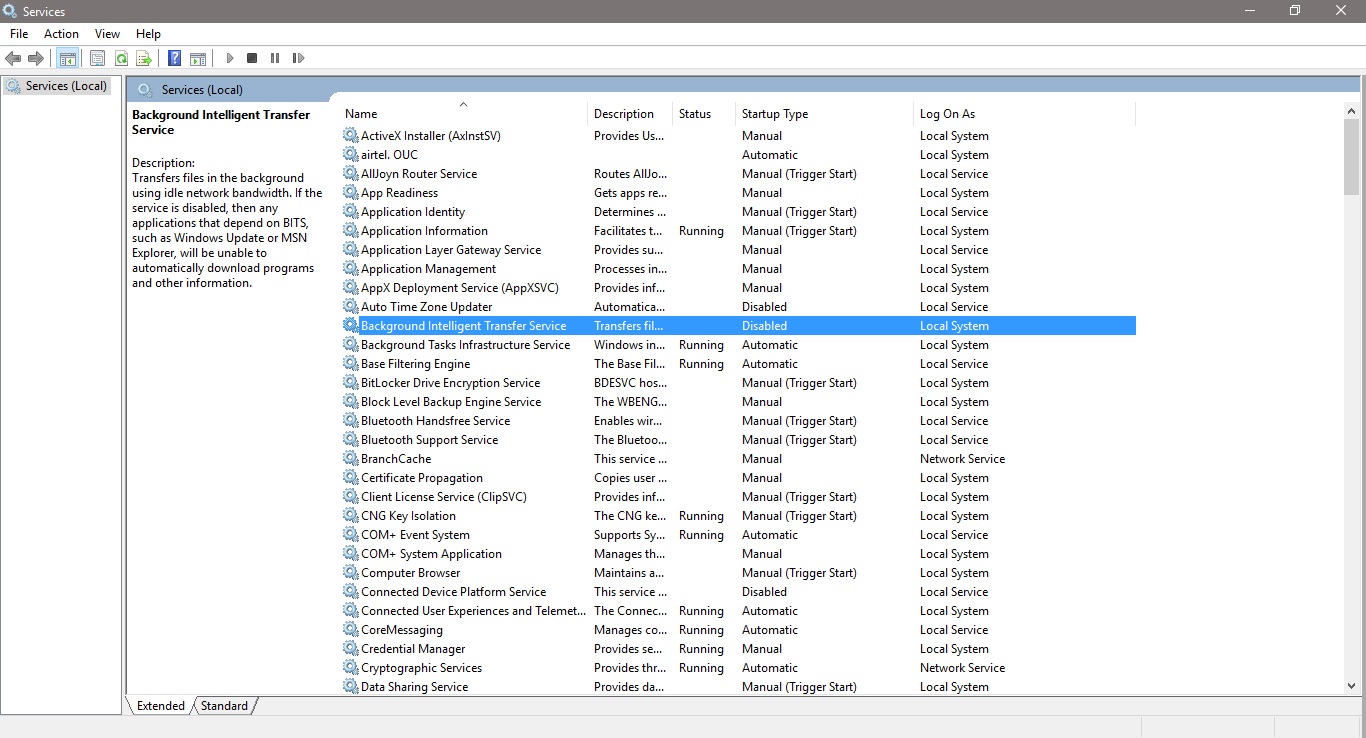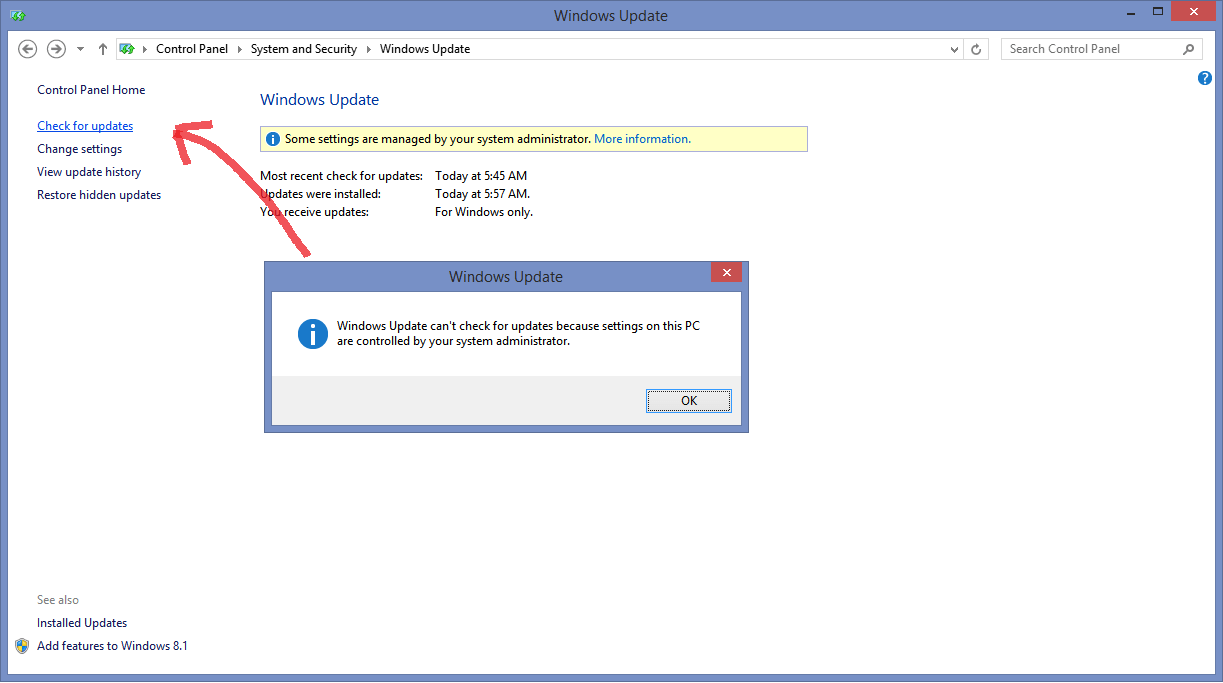
 When you see the Windows Update Standalone Installer dialog box, click Yes to confirm and it will uninstall your selected update. For example, to uninstall the update KB3172729, you can type this command line and press Enter. To uninstall an update, you can use WUSA (a built-in Windows utility for managing Windows updates). At the Command Prompt, type the following command to view all installed updates:. Open an elevated Command Prompt by pressing WIN + X keys and select “ Command Prompt (Admin)” from the Quick Access menu. Method 3: Uninstall Windows 10 Updates Using Command Prompt Locate the problematic update and click Uninstall. This opens the Installed Updates window of Control Panel. Click the View your update history link to see all updates installed on your Windows 10 PC. Click Windows Update on the left side, and click on the Advanced options link on the right side. Open Settings app by pressing the Windows key + I hotkey, or clicking Settings from the Start Menu.
When you see the Windows Update Standalone Installer dialog box, click Yes to confirm and it will uninstall your selected update. For example, to uninstall the update KB3172729, you can type this command line and press Enter. To uninstall an update, you can use WUSA (a built-in Windows utility for managing Windows updates). At the Command Prompt, type the following command to view all installed updates:. Open an elevated Command Prompt by pressing WIN + X keys and select “ Command Prompt (Admin)” from the Quick Access menu. Method 3: Uninstall Windows 10 Updates Using Command Prompt Locate the problematic update and click Uninstall. This opens the Installed Updates window of Control Panel. Click the View your update history link to see all updates installed on your Windows 10 PC. Click Windows Update on the left side, and click on the Advanced options link on the right side. Open Settings app by pressing the Windows key + I hotkey, or clicking Settings from the Start Menu. 
Method 2: Uninstall Windows 10 Updates from Settings Select the update that you want to remove, and then click Uninstall.
This displays all updates installed on the system. Click View installed updates in the left pane. Open the Control Panel in Large icons view, and then click Programs and Features. Method 1: Uninstall Windows 10 Updates from Control Panel So here we’ll show you 4 ways to remove & uninstall updates in Windows 10. If you installed an update that is causing severe issues with your PC, you probably want to uninstall or remove it.








